My DIL Shut Me Out of the Family Vacation but I Didn’t Hold My Tongue

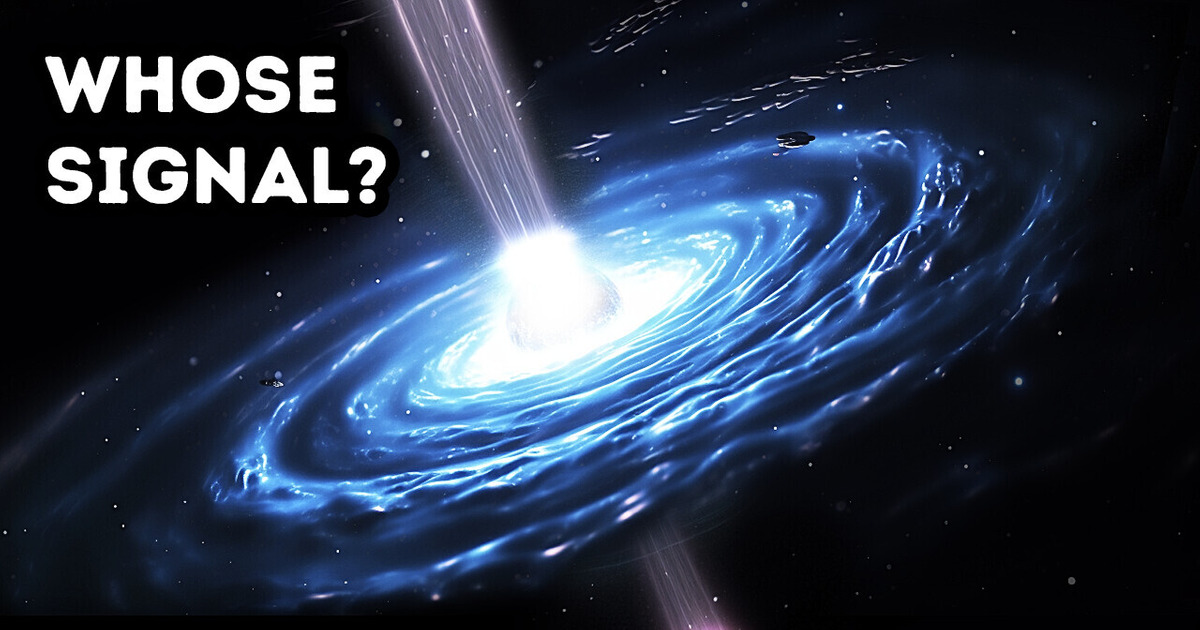
The Milky Way Galaxy where we live looks like a ginormous pinwheel rotating in space. It’s a spiral galaxy that appeared around fourteen billion years ago. It’s filled with a lot of stuff: stars, nebulae — which are clouds of dust and gas, planets, asteroids, you and me and your parents and that messy kid down the street — you get the idea. And all these fans out from the center of the galaxy in long spiraling arms — a marvelous view!
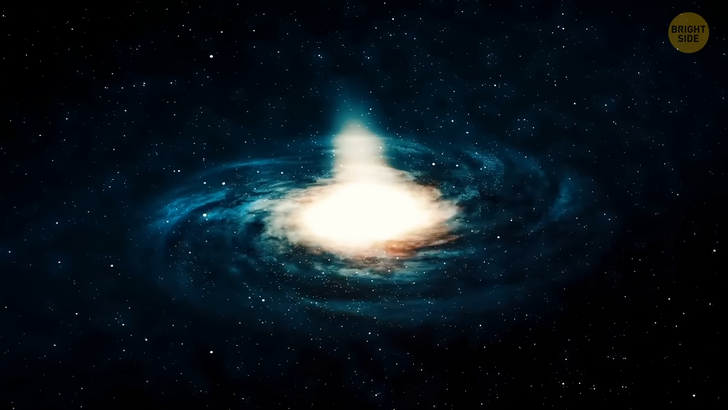
The Milky Way is about one hundred thousand light-years across, and it takes our Sun (along with all the Solar System) two hundred fifty million years to make one revolution around the center of our home galaxy. Wow, that’s a big lap. Look at the sky at night, and most stars you’ll see there would be located in just one of the Milky Way’s arms. Before telescopes were invented, people couldn’t see stars clearly — they blurred together into a single white streak stretching across the sky. It looked like “a river of milk.” That’s how the name of our galaxy appeared.
Now, let’s get down to some recent and very exciting news. An international team of scientists has discovered something they’ve never seen before hidden in the center of the Milky Way. It resembles Morse code! Is our galaxy trying to communicate with us? In the early nineteen eighties, astronomers discovered giant, one-dimensional filaments dangling vertically near Sagittarius A*. That’s our galaxy’s central supermassive black hole. And recently, a new kind of such filament has been found. But they’re much shorter and lie either horizontally or radially. In other words, they’re spreading out like spokes on a wheel, going away from the black hole.
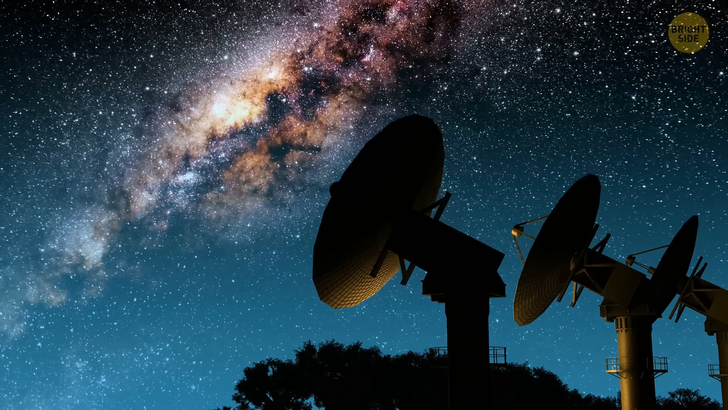
Interestingly, even though both types of filaments do have certain similarities, researchers believe they most likely have different origins. The vertical filaments stretch through the galaxy, towering up to one hundred fifty light-years high. But the horizontal ones resemble the dashes and dots of Morse code! Scientists were beyond excited when they made this discovery. But they had to do a lot of research to make sure the structures indeed were what they looked like. They managed to confirm that the filaments were not random but tied to the outflow of the black hole. Thanks to them, it became possible to study the spin of the black hole and the orientation of its accretion disk — a rotating disk of matter formed around the black hole under the influence of its immense gravitational force.
But let’s have a closer look at the filaments we’ve been talking about. There are around one thousand vertical ones. They appear in pairs and clusters and are often either equally spaced or side by side like strings of a harp. As for their horizontal counterparts, they seem to be around six million years old. Now, both types of filaments are one-dimensional. They can be viewed with radio waves. And they seem to be tied to processes happening in the galactic center. That’s it. The similarities end there. The vertical filaments are perpendicular to the galactic plane. The horizontal ones are parallel. But at the same time, they point radially toward the center of the galaxy — and the black hole.
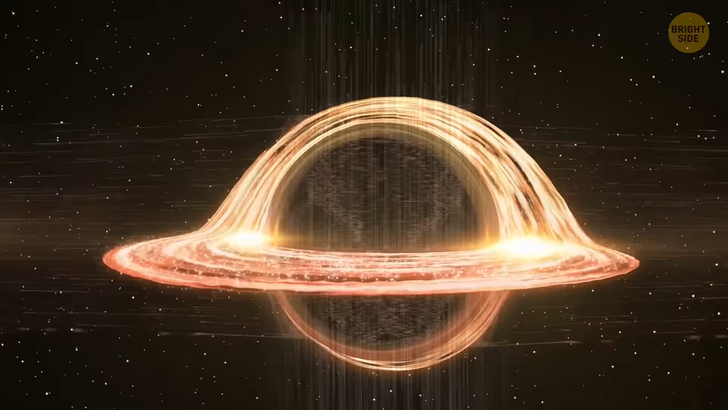
The vertical filaments are magnetic. The horizontal ones seem to emit thermal radiation. The vertical filaments contain particles moving at speeds very close to the speed of light. The horizontal ones don’t do it. There are way more vertical filaments, and they’re much larger than those stretching horizontally — one hundred fifty light years against five to ten light years at most. In any case, the new discovery is still filled with tons of unknown things. And astronomers are ready to start unraveling them. But the filaments aren’t the only unexpected and bizarre phenomenon in the Solar System. Some time ago, Australian researchers discovered a weird spinning object in the Milky Way — and it was unlike anything they’d seen before.
This object released massive bursts of radio energy three times every hour. And even though there are other objects that switch on and off, for example, pulsars, such frequent pulsation had never been observed before. Some astronomers admitted that this discovery was pretty spooky since no known object in the sky could do it. Research teams started working on the discovery and found out that the object is likely to be four thousand light years away from Earth. It’s also super-bright and has an incredibly strong magnetic field. And still, if you do all the math, (not me) you’ll discover that it isn’t supposed to have enough power to produce such radio waves every twenty minutes.
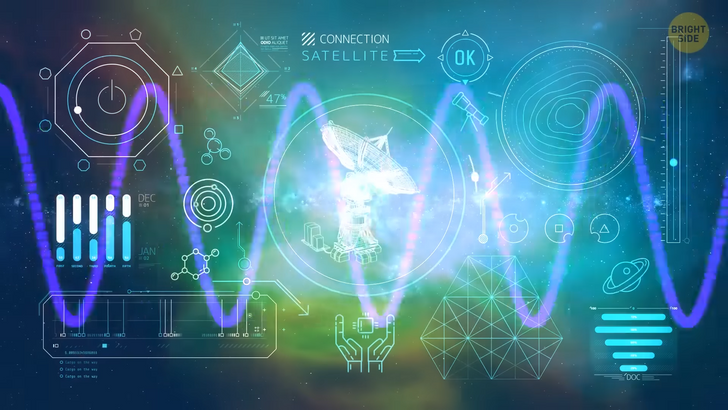
The theories about the origin of this mysterious object vary. Some experts claim it could be an “ultra-long period magnetar.” Whatever that is. Others think it might be a white dwarf or the remnants of a collapsed star. But it also might be something we’ve never heard about — an entirely new type of object. But one thing is clear: astronomers managed to observe the signal across a wide range of frequencies. Which means that it has a natural origin and it isn’t something artificial.
Now, there’s another mystery about the Milky Way. What can I say, it’s a mysterious place. Around fifteen years ago, astronomers launched the Fermi Gamma-Ray Space Telescope. Gamma rays are an incredibly high-energy form of light. That’s why when you observe the sky through the gamma-ray telescope rather than with your own eyes, the difference is dramatic. So, when astronomers started to use the telescope, they noticed that the center of our galaxy emitted much more gamma radiation than, for example, its outskirts! To put it simply, something is glowing incredibly brightly right in the middle of the Milky Way! But the most perplexing thing is that no one has been able to find a plausible explanation for this phenomenon for almost a decade!
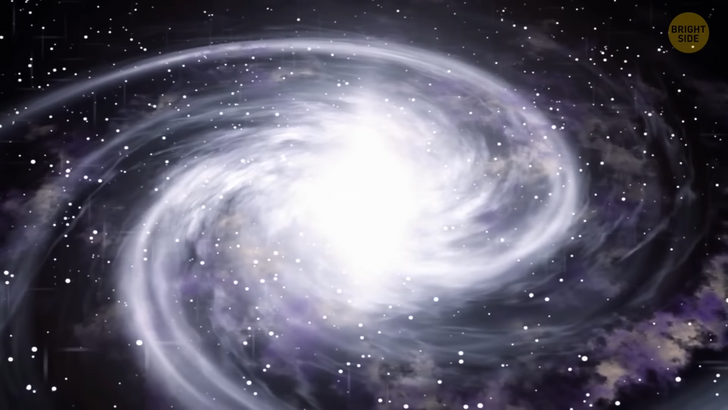
Some astronomers suggested that the central region of the Milky Way was glowing with such intensity because the dark matter was getting destroyed there. While no one has ever observed dark matter annihilation, scientists have been hypothesizing about this phenomenon for a long time. Naturally, we wouldn’t be able to see dark matter itself, but the process could be producing the radiation the Gamma-Ray Telescope has spotted. That’s how it could be happening: if particles of dark matter collided (just like ordinary matter particles do in particle accelerators), they would annihilate one another. As a result, they would burst into a shower of other particles, including the ones that make up gamma rays. But that’s where the problem lies. If the mystifying glow was created by the annihilation of dark matter, then gamma-ray particles would get distributed evenly in space. Instead, they gather together in clumps. That’s why, to the great disappointment of numerous supporters, the theory based on the dark matter came up short.
There is an alternative explanation of why the Milky Way is glowing. The culprit might be a group of millisecond pulsars, which are neutron stars spinning incredibly fast. And when I say “fast,” I mean about one thousand times per second! The theory that the glow is caused by millisecond pulsars is quite plausible. As I’ve mentioned before, the light coming from there is clumpy rather than smooth, and it often happens when the source of light is one individual object, such as a pulsar. Several studies have concluded that, due to the nature of the light, millisecond pulsars are the best explanation for this phenomenon.

However, many scientists are still not persuaded. Those stubborn folk want proof, right? First of all, they state that the clumps of light may appear due to the interaction of gas between stars and cosmic rays. Besides, the pulsar theory has one more catch: why would so many of them be clustered together in a perfect sphere around the center of the Milky Way? Probably, the clusters of stars that orbit the Milky Way could have been disrupted by the galaxy’s gravity. As a result, these “spilled” stars, including pulsars, later formed a spherical shell around the center of the Milky Way. But in fact, the whole picture looks like something completely different from both pulsars and dark matter. It leaves scientists with more questions than answers, and all that’s left to do is a lot more research and testing.











